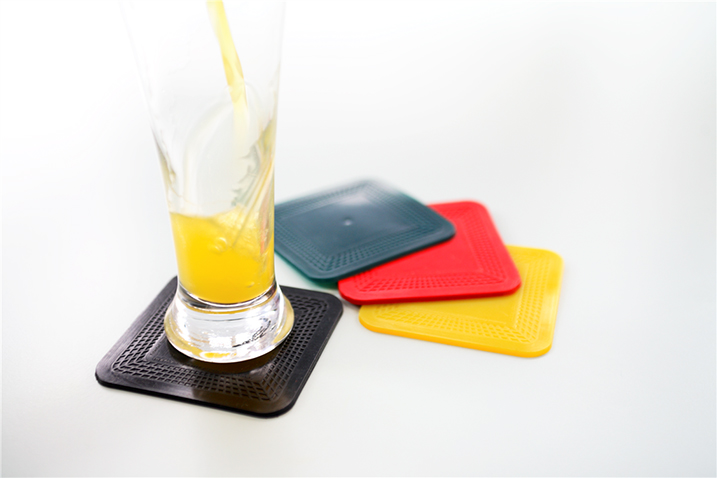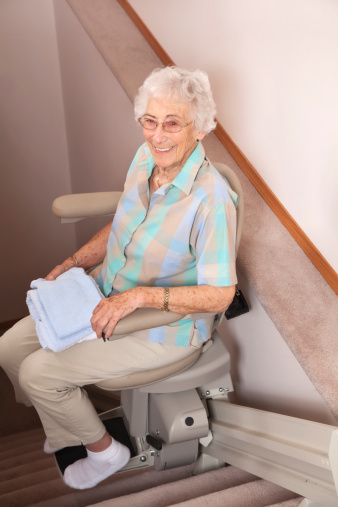
This week, we chatted to Chartered Physiotherapist Adam Page about how he uses Dycem products in his line of work –
As a physiotherapist within the stroke setting I have used Dycem’s Non-Slip products with great clinical effectiveness. From dense hemiplegic strokes to mild alterations in an individual’s strength or grip, the non-slip products have been functional to all my patients.
Recently I have been using the Dycem Non-Slip mats during treatment of a 57 year old gentleman whom had suffered a stroke resulting in moderate left sided weakness and mild cognitive changes.
Having been previously very active and mobile, our therapy goal was to maximise his rehabilitation potential by having him up and mobilising with assistance within 7 days of admission. Such an ambitious goal would by many be considered unrealistic, even unsafe when considering the limited staffing on our wards. However, through the use of Dycem Non-Slip we were able to achieve it.
Maximising the mats bright colour to inform visual attention we placed a number of them on floor as a cue for the patient to place his feet during mobilisation. Whilst two of us supported the patient’s upper limb, the lower limb was secured with use of the non-slip mat. Secondary to reduced strength, a patient’s affected leg will often slip from under them during sit to stand and mobilisation, unless secured by another member of staff. However by simply placing the Dycem non-slip ‘Nose-Over-Toes’ mat under the effected foot, a secure lower limb resulted.
By using a number of mats the affected leg was supported from slipping over the entire distance mobilised. Whilst a number of different coloured mats ensured easy instruction by the therapist for foot position, the alternative texture with its roughened boarder helped to inform sensory feedback during movement.
Easily wiped clean and reused, these non-slip products are of an absolute necessity to any physiotherapist wanting to maximise the rehab potential of their patients.
Are there any other Physiotherapists out there who use Dycem?



